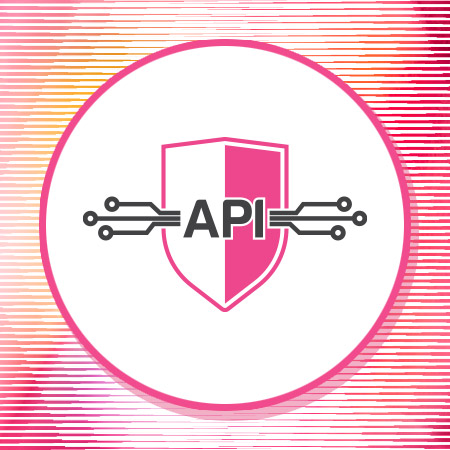API 보안이 중요한 이유는 무엇인가요?
APIs underpin a large portion of the modern Internet. However, they are commonly insecure and under-defended. APIs are a less visible component of an organization’s digital attack surface and are ideal targets for automated attacks such as credential stuffing or distributed denial-of-service (DDoS) attacks.
Secure API is important to ensure the functionality and security of APIs and the data that they contain. APIs face various threats that can result in denial-of-service (DoS), data breaches, or other negative consequences.
Types of API Threats and Attacks
APIs are often exposed to the public Internet and are designed to be accessed by software. For this reason, they face a wide range of potential threats and attacks. The Open Web Application Security Project (OWASP) is renowned for its top ten lists detailing common vulnerabilities and weaknesses for various systems. In 2019, it created an API-specific top ten list that it later updated in 2023.
The top API vulnerabilities of 2024 include:
- Broken Object-Level Authorization: Publicly exposed endpoints that manage object identifiers introduce the risk of unauthorized access to these objects.
- Broken Authentication: A failure to properly authenticate users could enable unauthorized users to access restricted API functions.
- Broken Object Property-Level Authorization: Improper authorization at the object property level could cause data to be exposed to or manipulated by unauthorized users.
- Unrestricted Resource Consumption: A lack of rate limiting could allow an attacker to consume limited resources such as CPU, network bandwidth, memory, or storage.
- Broken Function-Level Authorization: APIs commonly have complex authentication protocols that can inadvertently introduce security gaps and loopholes.
- Unrestricted Access to Sensitive Business Flows: APIs may expose a business flow (i.e. something that can be performed via an API) without implementing rate limiting or taking other steps to prevent it from being abused.
- Server-Side Request Forgery (SSRF): SSRF vulnerabilities allow an attacker to trick an API into making a request on their behalf, potentially bypassing firewalls and other security solutions.
- Security Misconfiguration: APIs are often highly customizable, which can create security challenges if provided configuration settings are not properly set.
- Improper Inventory Management: APIs expose endpoints and APIs to users, and improper inventory management could leave APIs undefended or running out-of-date and vulnerable versions.
- Unsafe Consumption of APIs: Often, the data provided by an external API is trusted by a developer, creating the potential for supply chain attacks against API users.
API Security for SOAP, REST, and GraphQL
APIs come in a few different forms. Some of the common API standards include:
- Simple Object Access Protocol (SOAP): XML-based API standard that has integrated WS-Security standards and supports encryption, digital signatures, and SAML.
- Representational State Transfer (REST): Uses HTTP to interact with APIs and uses SSL/TLS for authentication and encryption.
- GraphQL: A query language that allows the client to specify the format of data fetched from an API.
With three very different API standards come different risks for each. An API security strategy should incorporate best practices and protections for all types of APIs used by the organization.
API Security Best Practices
APIs can be vulnerable to a wide range of potential cyberattacks. Some API security best practices that can help to manage these security risks include the following:
- Implement authentication and authorization.
- Use SSL/TLS encryption.
- Deploy zero-trust access management.
- Update regularly and patch vulnerabilities quickly.
- Monitor and alert on anomalous activity.
- Conduct regular security tests and risk assessments.
- Use API gateways to filter API traffic.
- Use a web application and API protection (WAAP) solution to protect APIs against attack.
CloudGuard AppSec을 통한 API 보안
APIs have emerged as one of the most important parts of the modern Internet. Many services use APIs to implement modularity or expose various functions to their users. However, APIs also face significant security threats. In addition to common threats related to web applications, APIs also have their own dedicated list of potential vulnerabilities.
Check Point CloudGuard AppSec provides organizations with the tools necessary to implement API security best practices and to protect these valuable components of their IT infrastructure. To learn more about the benefits that CloudGuard AppSec can provide to your organization, check out this ebook. Or, you can see its capabilities for yourself by signing up for a free demo today.














